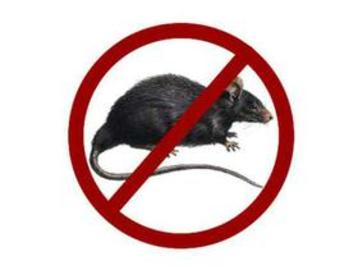Introduction

Lassa fever or Lassa viral haemorrhagic fever is a zoonotic dieses that is; people get infected with it upon exposure to infected animal basically a Mastomys which is a “multimammate rat”. These animals do not actually get ill but can spread the virus through their excreta. This acute illness mostly lasts for a period of 1 to 4 weeks, unless it turns fatal, causing death. This fever is prevalent mostly in Guinea Liberia, Sierra Leone and parts of Nigeria but otherwise may be found in other areas of Western Africa. Lassa fever can occur in all age groups, both men and women, in areas with poor sanitation and crowded living conditions. The fever has so many symptoms and signs (as mentioned further), that if not properly tested or diagnosed can be mistaken for many other illnesses.
History

Lassa fever thought described in the 1950’s, the virus causing the dieses was not found until the 1969. The fever was named after the place Lassa where it was first described. The fever is a RNA virus of the virus family of Arenaviridae. Some studies have indicated that the fever captivates almost 300000 to 500000 people throughout the year with about 5000 people ultimately dying of the dieses.
Features
The symptoms as mentioned above as well are varied in amount starting from:
• Fever,
• General weakens
• Malaise.
But may extend into: headaches,
• sore throats,
• chest pain,
• nausea,
• vomiting,
• diarrhea,
• cough and
• abdominal pains
In severe cases the following conditions may be noted:
• facial swellings
• fluid in the lung cavity
• bleeding from mouth and nose
• vagina or gastrointestinal tract
• low blood pressure
• shock
• seizure
• tremor
• disorientation
• coma
• hair loss
• deafness and ultimately
Mostly people at risk are those working in the zoo’s, the cleaning crew, at hospitals nurses tending the patients or even people at home who are living in un- hygienic conditions. To save oneself from this illness it is most important to keep ones surroundings clean, disposing of garbage away from homes, keeping cats at home, placing food in clean and contamination free containers out of reach of rats. For the patients, first and for most they should be taken care of in isolation away from others to prevent the spreading of the dieses, the care takers should take utmost care in handling liquids and blood and sterilization should be properly practiced. As for the patients of Lassa fever, anti-viral drug ribavirin is effective in the treatment, if given at an earlier stage. When it comes to transmitting the dieses, it can be transmitted from country to country with people traveling around so in such case of diagnoses, immediate action should be taken and the symptoms be reported on national level to stop the spread.
Tips and comments
Recent initiatives taken by associations to improve the treatment programs of the Lassa fever have been taken by The Ministries of Health of Guinea, Liberia and Sierra Leone, WHO, the Office of United States Foreign Disaster Assistance, the United Nations, and other partners, establishing the Mano River Lassa Fever Network. Work together, with these associations with the goal of eradicating this illness and improve your overall hygienic conditions for a better living.